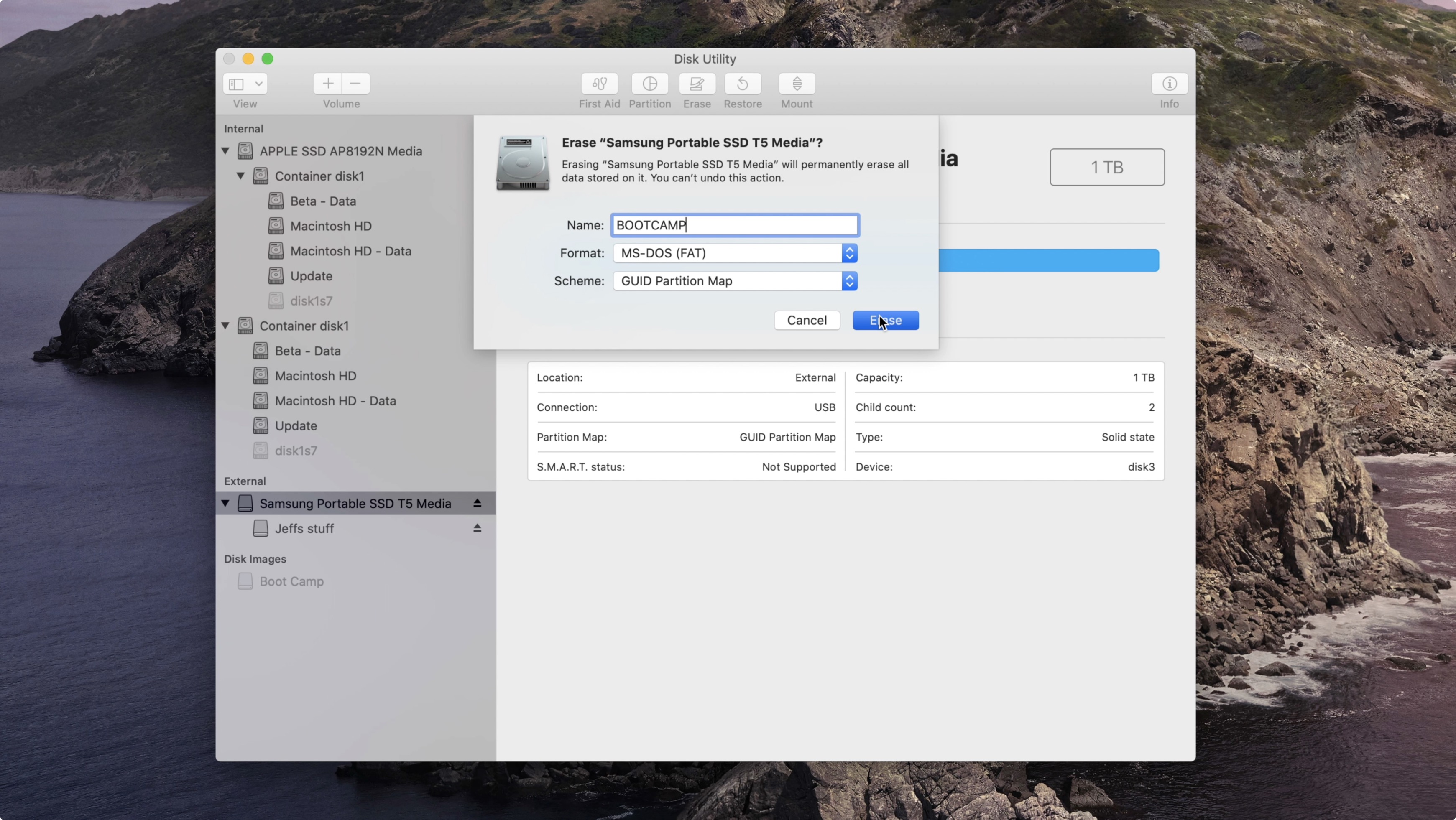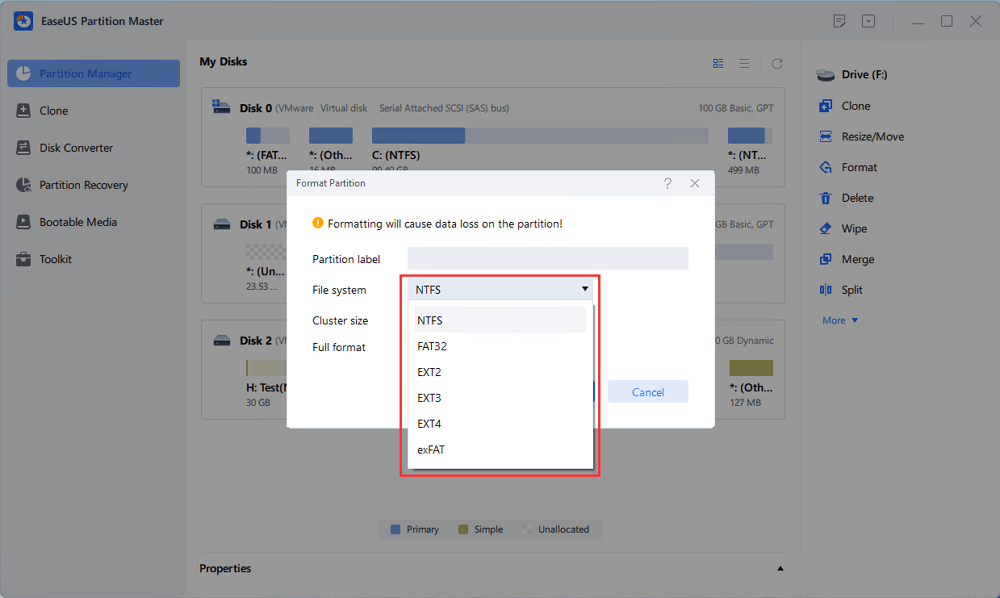

- Format ssd for mac using usb install drive how to#
- Format ssd for mac using usb install drive mac os#
- Format ssd for mac using usb install drive update#
- Format ssd for mac using usb install drive password#
While this method requires a little more thought and patience, it's actually pretty straightforward. It's possible using Terminal, your Mac's built-in command line interface. If for some reason you don't want to use Etcher (maybe you're on an incompatible version of macOS), you can accomplish this task using the command line. If it fails, try again-sometimes the system doesn't unmount the volume in time and the process will be unable to complete. Give it a name and choose MS-DOS (FAT) under Format and GUID Partition Map under Scheme. Select your USB device in the menu on the left, then click Erase. Insert your USB drive into your Mac and launch Disk Utility (under Applications > Utilities, or search for it using Spotlight with Cmd + Space). Warning: Everything on your drive will be erased when you do this! Others don't have any strict requirements, but formatting to FAT beforehand is a good idea regardless. Generally speaking, anything above 4GB will do the job. Some Linux variants may require larger volumes, so pay attention to the requirements when downloading. When you're looking to create a bootable Linux USB drive on a Mac, the first step is to make sure you've got the right USB drive for the job, and that it's formatted correctly to avoid any problems. You can go the freeware route for an easy option, or put a little bit of time into creating the drive yourself using Terminal. There are a few ways to create an Ubuntu (or other Linux) bootable USB drive for Mac.
/format-mac-drive-using-disk-utility-os-x-el-capitan-later-2260751-befc233e5020482f8dbbd2886cf59e0b.jpg)
Also, share this guide with your friends.Linux has long been synonymous with bootable flash drives, whether it's to fix some sort of problem with your primary operating system, or for trying various distros. If you’re facing any issues while sideloading the new OS, then you can let us know in the comment section. You May Also Like – List of Games Compatible with Mac M1 We hope this guide helped you in creating a macOS Monterey bootable USB drive. Downloading from unofficial sources and links might make you download a corrupted file or maybe even a file infected with a virus. Also always make sure to download these files from the official Apple sources only. If you are comfortable with the issues and bugs that might be present in the beta macOS Monterey then go ahead and install it. After formatting, it will begin installing the macOS Monterey you can follow the on-screen instructions while sideloading the latest macOS.Then you can erase or format the SSD from Disk Utility for sideloading the macOS Monterey.Now it will show you multiple boot options, select macOS Monterey Beta installer disk.Plug in the USB Flash Drive to the Mac and restart your MacBook or iMac, press the left option (alt) key while rebooting or powering up your system.Now it will start creating a macOS Monterey USB, the process will take some time.
Format ssd for mac using usb install drive password#
Now hit the Return key (aka Enter key) from your Mac’s keyboard and enter the password if prompted.Sudo /Applications/Install\ macOS\ 12\ Beta.app/Contents/Resources/createinstallmedia –volume /Volumes/Installer –nointeraction
Format ssd for mac using usb install drive how to#
How to Make macOS Monterey USB Installer Disk
Format ssd for mac using usb install drive mac os#
GUID Partition Map, Mac OS Extended (Journaled), Name: Installer then click on Erase


The beta is available on Application folder now. Once downloaded, it will ask you to sideload (aka install), you can cancel the installation.
Format ssd for mac using usb install drive update#
After completing the installation, launch System Preferences > Software Update > now you can see the macOS Monterey beta, click on Download button.


 0 kommentar(er)
0 kommentar(er)
